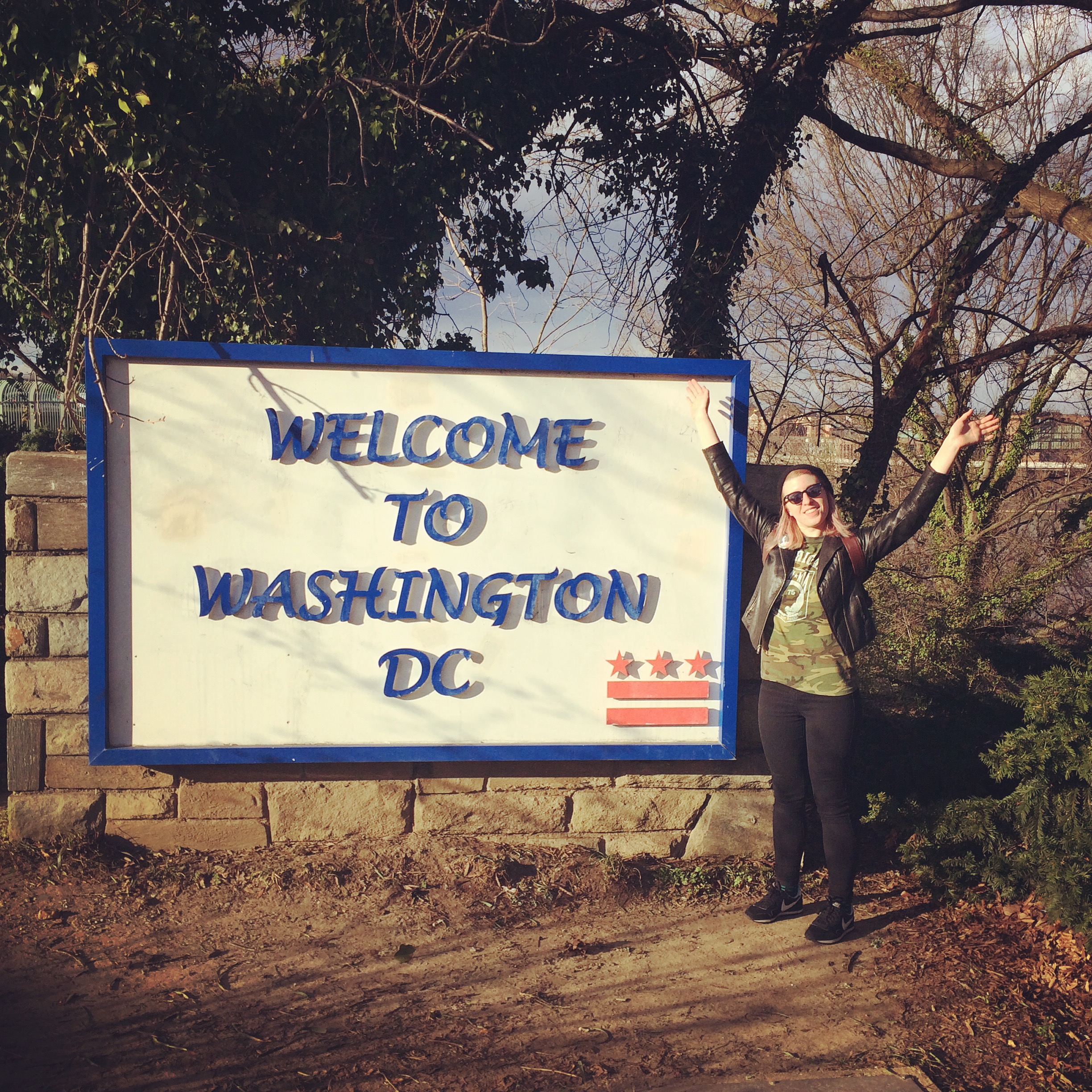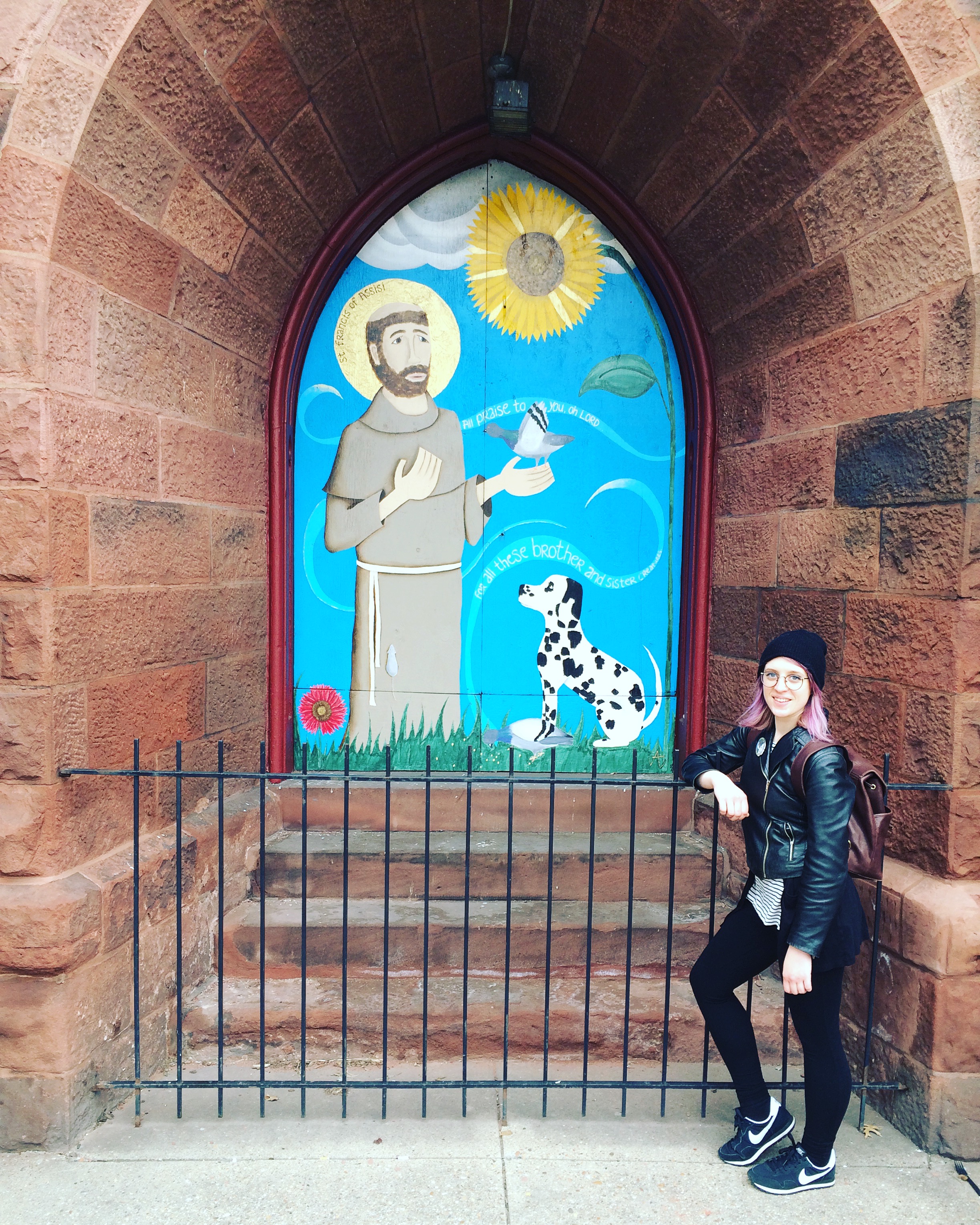Alternate Spring Break: Digital Preservation at NARA

This past March, I was fortunate to participate in Alternate Spring break with a handful of other SLIS students. When I heard there was an internship related to digital preservation at the National Archives and Records Administration (NARA), I knew I had to apply-couldn't pass up the chance to experience firsthand the digital preservation strategy at such a significant institution.
Though many folks thinking of NARA naturally think of the Washington, D.C. location (known as "Archives 1"), the majority of archival work actually goes on at their location in College Park, Maryland (known as "Archives 2"). My classmates and I stayed in Washington, D.C., but as a digital preservation intern, I spent my time working at Archives 2-just a shuttle ride away every morning.
Under the supervision of Leslie Johnston, the Director of Development and Tool Management, my project entailed assisting a NARA team as they create and edit "ERA 2.0," their new Electronic Records Archive system currently in development with IBM. My job during my week-long internship was to refine existing "user stories" and create new ones using guidelines for Trusted Digital Repositories.
Some background for readers that might not be familiar with a lot of these terms: NARA is responsible for government records of all kinds. On the most basic level, the Electronic Records Archive allows users to upload digital objects directly, seamlessly transferring them to NARA. The Agile method is a form of project management commonly used in software development. The Agile method utilizes "user stories," which are short, one-sentence descriptions of a capability desired by a system user. They generally follow the format: "As a , I want so that ."
In regards to ERA 2.0, many user stories focused on creating an intuitive interface that allowed for flexibility for archivists and administrators, while still maintaining principles like provenance. For the refining of old and writing of new user stories, I focused on the preservation functions of ERA 2.0, utilizing TRAC and Drambora guidelines. I enjoyed my project greatly, especially since I had the opportunity to work at the intersection of traditional archival principles and the development of cutting-edge software. Additionally, I directly viewed the substantial amount of work that goes into ensuring the long-term preservation of digital objects at a large, government-accountable institution.
My favorite part of the internship was getting to sit in on meetings with IBM developers and see the collaboration between IT and archivists-something that is inevitably valuable in today's tech climate. Most people I spoke with at NARA expressed similar dissatisfaction with the current ERA system, especially on the user experience side-common complaints referenced its clunky interface and the substantial number of clicks required for regular commands. After contributing to the new user stories, I was pleased to leave NARA knowing that my work will directly positively affect the countless users of ERA 2.0.
My second favorite part of the internship? That would be sight-seeing around D.C.-I had never been before! Alternate spring break at NARA was a wonderful experience and I am thankful I gave it a shot. Gaining a glimpse into the goings-on at NARA was an amazing privilege, and I know what I learned during my week of work will continue to aid me as I advance in my LIS education, and, soon after that, my career.
